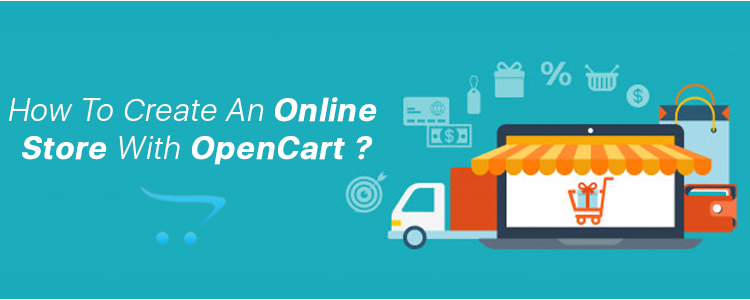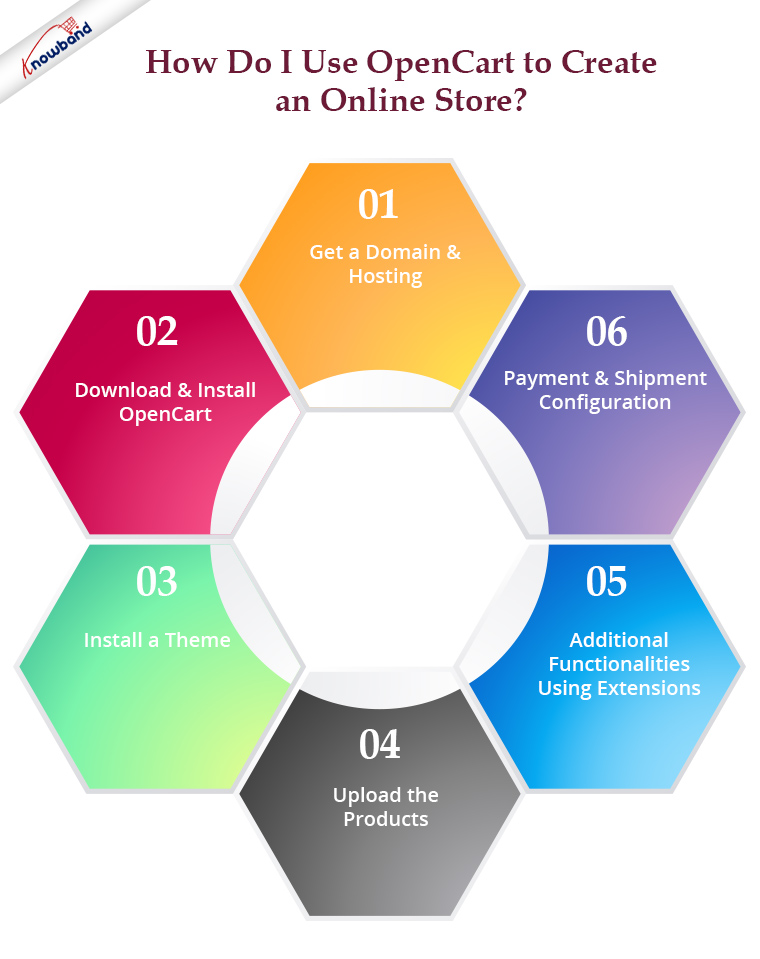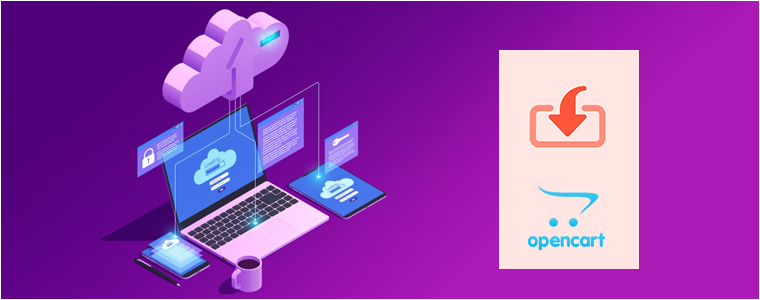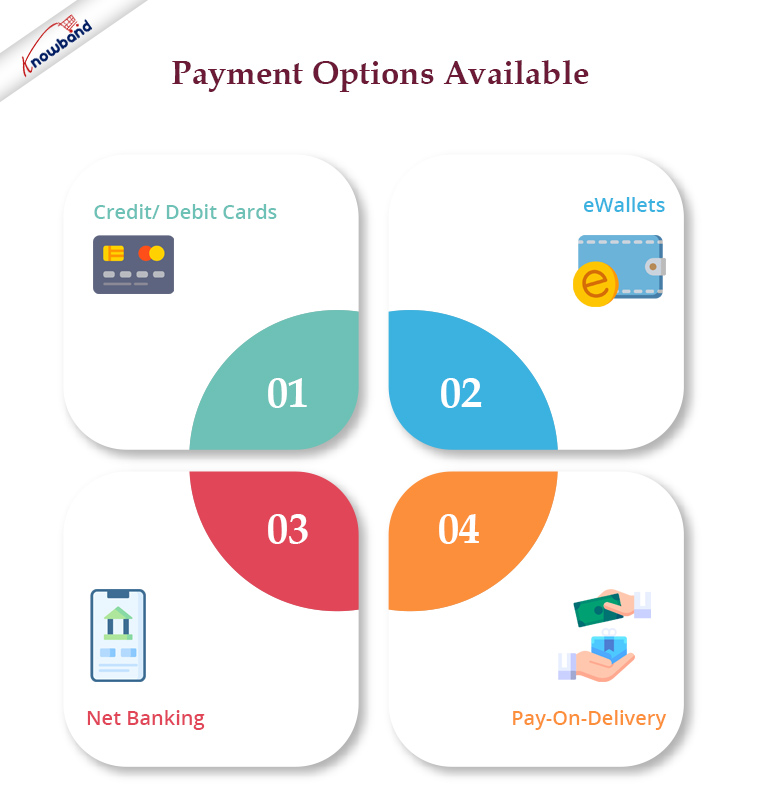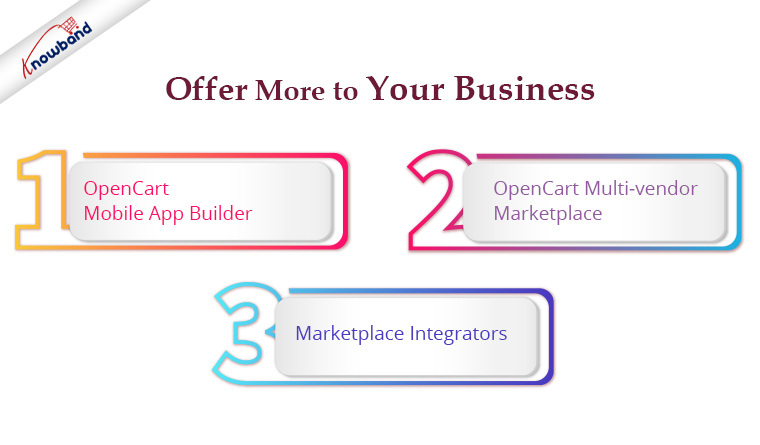It’s 2020 already & most businesses are willing to bring their shops & services online. With the growing usage & popularity of online shopping, it has become a necessity for businesses to be online to thrive. The most effective way to do so is by launching your own OpenCart eCommerce online store.
Although many startups are already maintaining their presence on social platforms like Facebook marketplace & on other marketplaces like Amazon, etc, these platforms have a lot of limitations & marketplaces even end up taking some share of the profit.
The most efficient way is an eCommerce website (for selling online) or a catalogue website built using well-renowned eCommerce solutions like OpenCart, PrestaShop, etc. For startups, these two are the best platforms as they are open source solutions yet extremely feature-rich & customizable.
In this article, I will elaborate on various factors that can help you create an online store with OpenCart. Following are the steps to build & design an OpenCart Website:
1. Get A Domain & Hosting:
The benefit of having your website is the option to have your unique web address. For example, Facebook has its web address i.e. facebook.com. Having your choice of domain name helps you build a better brand reputation. It also provides you with all possible kinds of marketing opportunities. You also get a better hold of getting more profound insights into your audiences & customers. This allows you to improve your services by following a customer-centric approach & it all eventually boosts your revenue & helps your business thrive.
The first step you need to take is to buy a domain name & suitable hosting (shared/ VPS, dedicated, cloud hosting, etc.) according to your needs. Once you get a hosting space, you can install & design your OpenCart website on it.
Alternatively, you can design your OpenCart website on your local computer (using Xampp/ Wamp/ Mamp) & then later upload your well-designed OpenCart website to your domain & hosting space.
Recommended Read: Top 10 Important Website Elements You Must Keep an Eye On
2. Download & Install OpenCart:
Download the latest version of OpenCart from the official website of OpenCart. Upload the downloaded file to your hosting space (usually the public_html folder of the cPanel of your Linux Hosting). Then simply set up the database (MySQL for OpenCart), connect it with your OpenCart website & run the installation.
Viola! Now, you can easily sign in to the backend of your website & design your site. OpenCart has a very flexible yet easy-to-use backend with features that even a non-tech-savvy person can use.
3. Install A Theme:
OpenCart has several theme templates that already are mobile-responsive & customisable to every extent. Choose the one that suits your business needs. You can also design your theme from scratch or heavily customize an existing theme as per your needs & budget. You can even outsource the OpenCart development & hosting task to a professional eCommerce firm.
4. Upload The Products:
No eCommerce website can function without the products being listed on it. Simply add the products & enter the relevant description, price, tax rules, delivery fees, etc. You can also upload the products in bulk using the ‘.csv’ file upload method.
Recommended Read: 6 Must-Have OpenCart Extensions for Your eCommerce Store
5. Additional Functionalities Using Extensions:
To add more designs & functions other than what your theme offers, you can install 3rd party extensions on your OpenCart website. Some of the common OpenCart extensions are the ‘One-Page Checkout’ extension, ‘ZIP code product availability check’ extension, ‘Mobile App Builder’ extension, etc.
6. Payment & Shipment Configuration:
Set up the payment methods according to the popularity of your potential audience. The easiest one to set up is PayPal. You can also add payment options using Credit/ Debit cards, eWallets, Net Banking, Pay-On-Delivery, etc.
Next, you must set up the shipment. The most popular shipment companies are FedEx, DHL, etc. Based on your business location & the location of your target audiences, make sure to choose relevant shipment companies.
These are all the minimum steps you would need to get your OpenCart eCommerce website up & running. Later on, you can make any desired modifications on your OpenCart site whenever you need them.
From the backend of your OpenCart website, you can manage orders, add site managers/ editors with selective privilege, add CMS pages like ‘about-us’, ‘privacy policy, etc.

OpenCart can also be used by brick & mortar shops to simply display their products like a catalogue website (without setting payment & shipment options). This can help them build a better online presence with improved branding. Those who sell products via affiliate links can also build a catalogue website using OpenCart. The options with OpenCart are just endless.
Recommended Read: Real-Life Example of Knowband’s Opencart Mobile app
Wrap Up
Great news for OpenCart Store Owners !!!
Knowband has decided to drastically alter your company’s operations as a result of its outstanding OpenCart Extensions, which are exceptional in many ways. These modules can be easily installed and set up because of their responsive design, device compatibility, and ease of installation. We, at KnowBand, offer OpenCart plugins along with website development and designing services. Check out the following ones as they can be used to offer more for your business:
- Launch Native Apps with OpenCart Mobile App Builder
- Create an online marketplace on the website with OpenCart Multi-vendor Marketplace.
- Connect your PrestaShop website to a third-party marketplace like eBay, Etsy, Walmart, etc. with Marketplace Integrators.
They can assist in rescuing your online stores from the suffering of declining product sales and conversion rates. Don’t wait; visit our Knowband store right away and make a hasty business selection in this regard. Check other useful plugins from here or drop us an email at support@knowband.com in case of prompt assistance.

